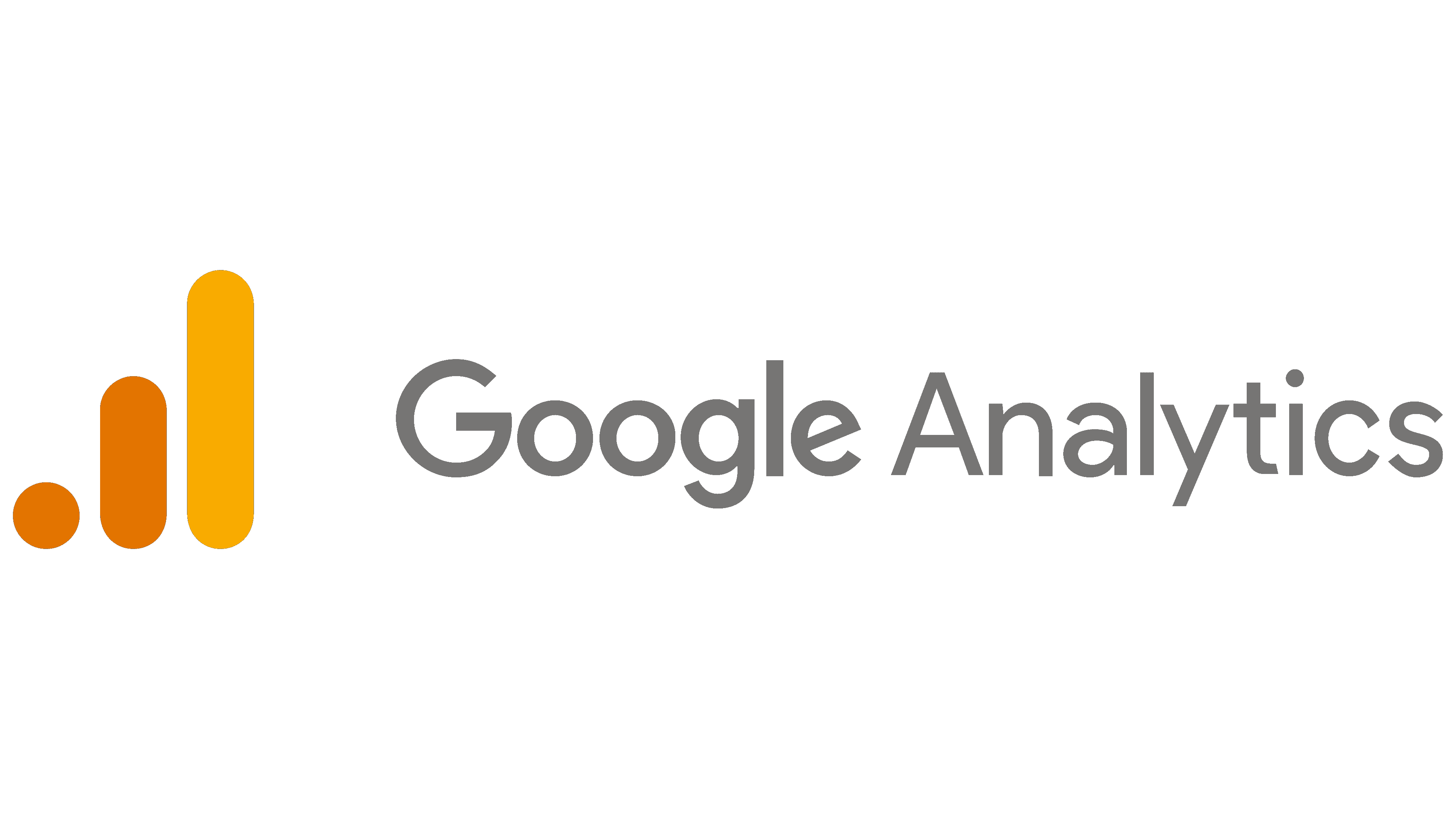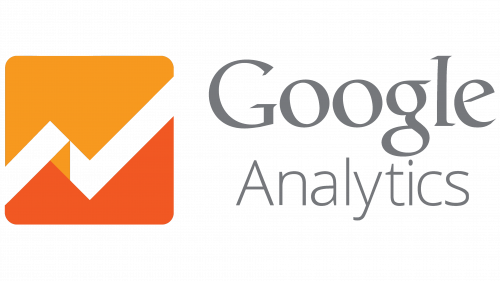Google Analytics Logo
Google Analytics is a powerful digital tool offered by Google, designed to analyze website traffic and user behavior. It provides webmasters and marketers with insights into how visitors interact with their sites, enabling data-driven decisions. Features include real-time monitoring, audience demographics, user acquisition sources, and behavior flow. With e-commerce tracking, businesses can assess sales activity and performance. Integrated with various platforms, it assists in optimizing marketing strategies. This free and premium tool has become indispensable for understanding online presence and enhancing user experience.
Meaning and history
Google Analytics (GA) emerged as a transformative tool in the digital world, revolutionizing how businesses approach online data. Its origins trace back to 2005 when Google acquired a company named Urchin Software Corp. This acquisition laid the foundation for what would soon become Google Analytics.
Initially launched as a paid service, the overwhelming demand quickly led Google to offer it for free. This move democratized access to web analytics, enabling both large corporations and small businesses to harness the power of data.
In its early stages, GA provided basic insights like page views and visitor counts. However, with advancements in technology and increasing user expectations, it evolved rapidly. 2007 marked the introduction of a revamped interface and more detailed reporting. This was a pivotal moment, shifting from mere data representation to a more actionable insight approach.
Over time, GA expanded its horizons. The 2011 release of real-time analytics allowed users to monitor website activity as it happened. This was followed by the integration of social analytics, addressing the growing influence of social media on digital platforms.
The year 2012 saw the introduction of Universal Analytics, a significant upgrade offering more customization options and better tracking capabilities across devices. It was around this time that Google Tag Manager was also unveiled, streamlining the process of updating tags and code snippets on websites.
With the proliferation of mobile devices, GA adapted once again, emphasizing mobile analytics and optimizing for different screen sizes and platforms. This led to the 2016 launch of Google Optimize, enhancing website testing and personalization.
Google’s focus on user privacy and data protection culminated in the 2020 debut of GA4, the newest version. With an emphasis on machine learning, predictive metrics, and user-centric reporting, it showcased Google’s commitment to evolving with digital trends.
Today, Google Analytics stands as an indispensable tool for digital marketers worldwide. From humble beginnings, it has grown into a comprehensive platform, shaping how businesses understand their online presence and interact with audiences. Through continuous innovation and adaptation, GA exemplifies the ever-evolving nature of the digital landscape.
2005 – 2012
Back in 2005, creative minds crafted the inaugural emblem for Google Analytics, exhibiting a blend of distinctive design approaches. The initial segment of the brand name mirrored the iconic Google imagery, adorned with a vibrant tapestry of varied hues for each individual character. In contrast, the latter portion was articulated in a neutral gray, employing a straightforward sans serif typography. This juxtaposition of colorful and monochromatic elements highlighted the brand’s unique identity, blending the familiar with the new and showcasing the innovative spirit behind the platform. The emblem stood as a testament to the fusion of Google’s recognizable branding with the fresh essence of their Analytics tool.
2007 – 2010

In the updated rendition, the typographic element from the earlier emblem collaborates with a blue-tinted symbol. This symbol presents an artfully crafted chart, seemingly sketched onto what resembles a page, perhaps from a diary or journal. The edges of this “journal” flaunt a vibrant shade of tangerine. This choice of design exudes a fusion of tradition, seen in the paper-like representation, and modernity, depicted by the stylized graph. The interplay of colors, with the calming blue of the graph juxtaposed against the energetic orange, further accentuates the brand’s intent to marry innovation with foundational principles. The subtle transformation from the previous version to this suggests a brand’s continuous evolution while respecting its roots. Every detail, from the choice of color palette to the design’s intricacy, tells a tale of a brand’s journey, ethos, and its vision for the future.
2012 – 2013
By 2012, the theme of juxtaposition persisted. Yet, this time, the emblem architects shifted the hue of the word “Google” to a muted gray, relocating it to the upper right while setting it atop “Analytics.” An emblematic figure, a squared icon, filled the previously empty expanse. This square was bisected by a dotted white chart line, creating two distinct segments. The lower compartment of this design flaunted a passionate red, while the upper portion was bathed in a vibrant orange hue. This arrangement and color palette showcased a harmonious blend of visual elements, emphasizing the balance of data and design, which lies at the heart of the platform’s essence. This reinvention signified the brand’s commitment to evolution and its knack for merging aesthetics with functionality.
2013 – 2015
Instead of the typical timetable, a serpentine design that looks like a twisted strip has taken its place. The content on the right side has shifted to a soft gray hue, while the term “Google” has been magnified and given prominence. With the advent of such changes, it’s evident that the evolution in design aesthetics is continuous, striving for a blend of functionality and visual appeal. Many believe that such tweaks in design are aimed at enhancing user experience, capturing attention, and ensuring that the essence of the brand remains at the forefront. The art of reshaping and resizing elements, like the expansion of the word “Google”, serves not just as a design shift but as a testament to the brand’s growth and dominance in its field.
2015 – 2016
A fresh design overhaul has ushered in distinct modifications. Those behind the logo’s creation have emphasized the textual elements, minimizing the dimensions of the encompassing square. The title “Google Analytics” stands out prominently, having been rendered in a bolder typeface and streamlined onto a single line. While the original color palette is maintained, subtle tweaks have been made: the shades of orange and red have gained a bit more vibrancy, and the gray has deepened just a tad. It’s intriguing to see how such minimalistic alterations can profoundly impact a brand’s visual identity. These changes, while seeming minor, are deliberate and calculated, reflecting an understanding of design subtleties and the importance of evolving with the times. They ensure that the brand retains its familiar essence, yet also presents a renewed and contemporary face to its audience.
2016 – 2019
The emblem showcases a trio of vertical bars, each with a varying height. The leftmost bar is the most diminutive, while the one on the far right towers above the others. This bar graph aptly symbolizes the essence of the service – evaluating and contrasting data points. All the components take the shape of broad upright slabs. Remarkably, there’s no visible gap separating them, as they’re snuggly aligned side by side. The variation in heights and hues helps in differentiation: the tiniest bar adopts a muted shade, while the tallest one is cast in a deeper hue. Accompanying this is the program’s name, elegantly scripted in a sleek, slender typeface. The choice of lettering is quite conventional – a grotesque style with a mix of initial capital letters and the rest in lowercase, embodying a sense of clarity and professionalism. The design choices made in this emblem resonate with the mission of clear presentation and in-depth analysis.
2019 – Today
Following the visual overhaul, the columns in the emblem underwent a transformation. The designers softened their edges, giving them a more rounded appearance, and intentionally spaced them apart to introduce gaps between each element. Consequently, two of the chart components resemble stretched ellipses, while the third bears a resemblance to a pronounced dot. The color hierarchy within the diagram received a revamp as well: the shortest bar adopts a deeper hue, while the tallest bar dons a lighter shade. However, the foundational color scheme remains untouched, continuing to feature tones of yellow and brown. The accompanying text has been scaled down, resulting in more petite lettering compared to its predecessor. Further refining the design, the text has been recolored to a muted gray, showcasing the designers’ meticulous attention to subtle details and the pursuit of a harmonious and modern representation.

















